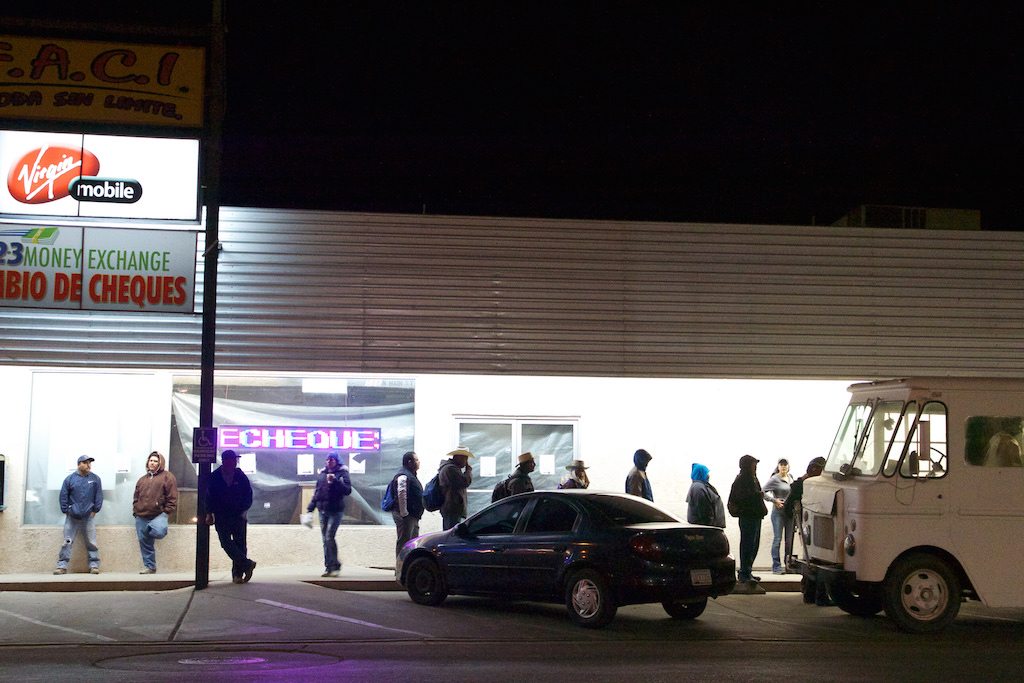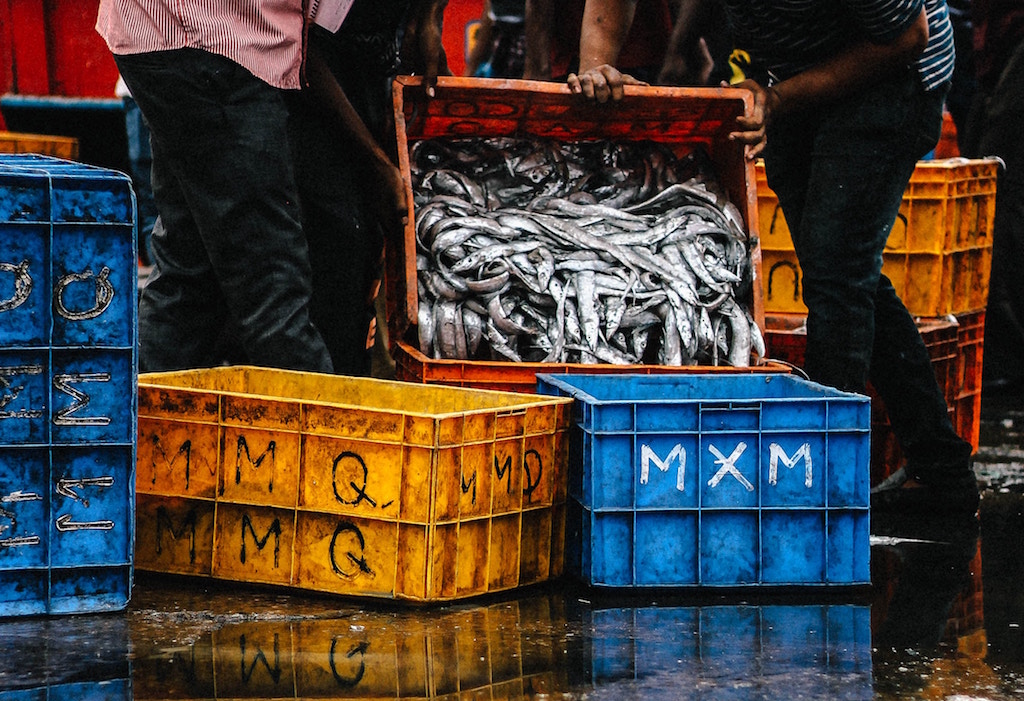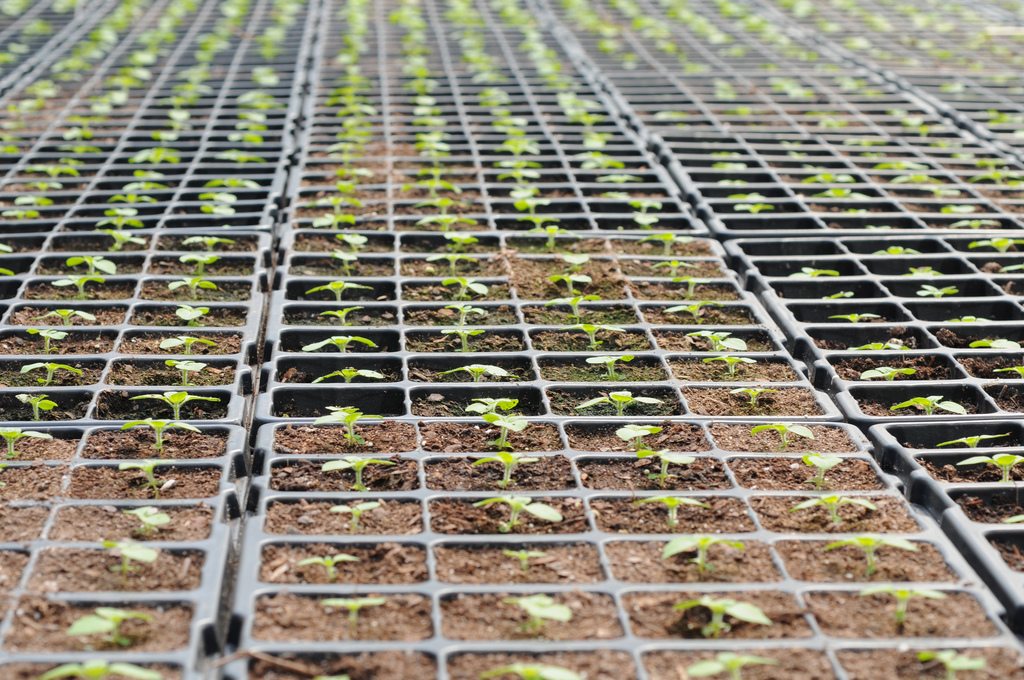Update, 2:10 p.m., EST: The planned vote by the House Judiciary Committee on Rep. Goodlatte’s Agricultural Guestworker Act of 2017 (originally scheduled for Thursday) has been postponed. Stay tuned for updates.
On Monday, House Judiciary Committee Chairman Bob Goodlatte (R-VA) introduced the Agricultural Guestworker Act of 2017, a bill designed (on paper) to do three things: replace the existing H-2A visa program, call it instead the “H-2C” visa program, and put it under the purview of the United States Department of Agriculture (USDA).
The H-2A program is currently overseen by the Department of Labor (DOL) and provides temporary work visas for foreign agricultural workers who have job offers from a United States employer to do seasonal work. That program is not to be confused with the H-2B visa program—also a temporary work visa—for non-agricultural workers in other parts ofd the food supply chain, from packing to processing; fishing to food prep; even cooks, bartenders, and waitstaff.
The committee is scheduled to vote on the AG Act on Wednesday. Politico’s Christine Haughney on Tuesday set the hurried scene for Morning Agriculture this way: “true to his word to push it on a ‘tight timetable’ … Goodlatte, who attended an immigration-focused dinner with Trump and other Hill leaders on Monday night, gave committee members little more than a day to read the 49-page bill and decide whether to vote for it.”
This reporter didn’t have a whole lot more time to read the bill on the train commute home than Hill leaders did on their way to dinner. But at least I don’t have to vote on it today.
Now, before Jan Brady shouts “visa, visa, visa!” let’s back up for a minute. By most accounts on either side of the crop fields, American farms have some pretty serious troubles. According to USDA’s Economic Research Service, farm sector profits have declined for three years in a row (though they’re forecast to increase in 2017). Farm debt is on the rise, too: up nearly 5 percent this year, driven by higher real estate debt. And while farmland itself is as valuable an investment as it’s been in decades, at least 30 percent of it is being rented not by American farmers but by non-operators (read: real estate investment trusts, pension funds, and investment banks) who lease it out.
And then there’s the labor shortage, both real and anticipated.
First, what’s actually happening: In late July, the Los Angeles Times ran a story by Geoffrey Mohan on the progress of ag-tech in California, which has led the nation in farm sales for nearly 70 years: “Immigrant farmworkers in California’s agricultural heartlands are getting older and not being replaced,” Mohan wrote. “After decades of crackdowns, the net flow across the U.S.-Mexico border reversed in 2005, a trend that accelerated through 2014, according to a Pew Research Center study. And native-born Americans aren’t interested in the job, even at wages that have soared at higher than average rates.”
Next, what could happen: In short, we don’t really know. But one concern for the growing, picking, and processing economies that’s been looming pretty large since the dawn of… no, the time of…, no… the Twitter feed of President Trump, is the ongoing threat of tighter borders. And here’s a for-instance from the literal ground: Immigrants comprise about 50 percent of the dairy workforce. Farms that use immigrant labor produce almost 80 percent of the country’s milk. As we reported in January, a 2015 study from Texas A&M’s Agrilife Research Center showed that “eliminating immigrant labor would reduce the U.S. dairy herd by 2.1 million cows, milk production by 48.4 billion pounds and the number of farms by 7,011.”
All this friction, says the agricultural industry, puts employers at a competitive disadvantage. On Monday, The North American Meat Institute, a trade association representing U.S. packers and processors of beef, pork, lamb, veal and turkey issued a statement saying, in part, “An effective occupational visa system may be the most important barrier to illegal immigration. The creation of the H-2C program would serve the diverse interests of the agriculture and food manufacturing industries and will boost the modern agriculture labor market.”
That doesn’t tell you too much about what a “modern agricultural labor market” should look like, according to the industry. But the Goodlatte-sponsored bill does. For one, it expands the scope of the existing H-2A program by, according to a guest editorial he wrote for the website Farm Policy Facts, “allowing the forestry industry, dairies, raw food processors, and other year-round agricultural employers to participate when adequate domestic labor cannot be found.” That year-round detail is key for industries like dairy farming, meat and seafood processing, and aquaculture, which are not seasonal.
The Goodlatte proposal also scraps existing requirements that housing and transportation between the workers’ living quarters and the employer’s worksite be provided at the employer’s expense, and would reduce the number of guaranteed work hours from 75 to 50 percent. It continues to exempt from payroll taxes employers who hire seasonal workers and, especially troubling to labor advocacy groups, requires that employers deduct “10 percent of the gross wages of each worker in each pay period and, on behalf of each worker, transfer withheld amount” to a trust fund, established by the U.S. Treasury to provide a monetary incentive for workers who return to their home countries when their visas expire.
Mexican workers harvest and pack romaine lettuce in a field near Yuma, AZ on November 23, 2012. The American Farm Bureau estimates that its entire agricultural workforce will be comprised of foreign guest workers in the future
For groups that advocate on behalf of farmworkers, however, the stakes are breathtakingly clear: “A massive expansion like this is a greater opportunity to exploit a greater number of people all at once,” says Saket Soni, director of the National Guestworker Alliance and the New Orleans Workers’ Center for Racial Justice. “It takes the worst provisions of current migrant worker programs and bundles them into some sort of toxic policy cocktail.”
But Soni says there’s another, subtler, and perhaps more insidious consequence if the AG Act passes. “While it’s very bad for hundreds of thousands—and possibly millions—of migrant workers,” he says, “It’s also bad for U.S. workers because it sets up deep divisiveness between migrant workers and under- or unemployed workers in existing communities.” That’s because a migrant worker who fears deportation is more likely to work at two times the rate and speed of a U.S. worker and is less likely to join committees or unions that are designed to defend the rights of all workers. “The economy makes us all interdependent,” says Soni. But the AG Act, he says, would all but guarantee an unfair competitive advantage to employers “who want to get ahead by cutting the cost of human dignity at work.”
And as for moving the program from DOL to USDA administration, well, in some ways it seems like robbing one bureaucracy to pay another bureaucracy. The agricultural industry says it only makes sense that its primary regulatory body should be in charge of its pertinent labor reforms. But Soni says that’s surreal, if not almost satirical: “Appointing meat inspectors to be in charge of labor conditions is absurd and bizarre.”
Whether the AG Act vote today will have any legs is tough to say. CNN reports that President Trump on Monday night dined with Goodlatte, House Majority Leader Kevin McCarthy, Senate Majority Whip John Cornyn, Arkansas Senator Tom Cotton and Georgia Senator David Perdue, all Republicans. “The conversation included what to do to replace the Obama-era Deferred Action for Childhood Arrivals program, which protects young undocumented immigrants brought to the US as children from deportation, now that Trump has announced an end to the program. Trump, attendees said, remains focused on finding a solution while also emphasizing border security.”
It’s possible that passage of the AG Act today would be enough to pacify Republicans who are in search of some significant immigration reform before year’s end. It’s also possible that this will just be another wavering Wednesday.
But that, as we are wont to say so often these days, remains to be seen.












